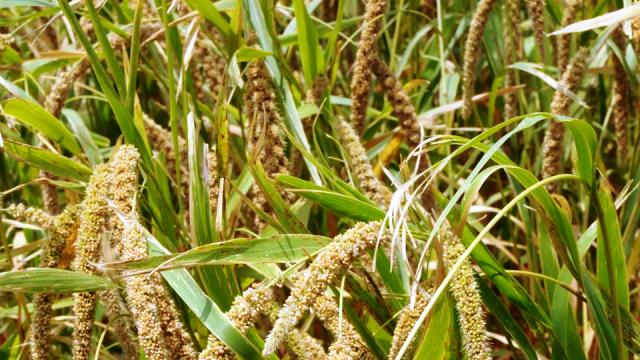Keonjhar: As millet is a traditional staple food for tribals in hilly and forested areas, the Odisha Millet Mission in collaboration with the District Mineral Foundation (DMF) fund has been pushing this mission in many areas of the tribal-dominated district.
The efforts are on to ensure successful comeback of this traditional farming in Keonjhar, Bansapal, Harichandanpur, Jhumpura, Joda, Champua, Hatadihi blocks. Geo climatic conditions of these areas are favourable for millet farming. The OMM is encouraging tribal farmers to adopt Sri Method to boost harvest.
Notably, millet was fast fading from agricultural landscape of the district. The nutrient-rich cereal has been revived and is getting the much-needed attention across the state because of its high nutritional value. Millets such as ragi, gurji and kosla (small millet), kodo, kangu (foxtail millet) and jowars are age-old traditional food of the hill dwellers.
Farmers are provided financial assistance. In the first year, each farmer is provided Rs 5000 and in second year Rs 3000 and in third year Rs 1500.
Those adopting line sowing are provided input incentives of Rs 2500 each per acre in the first year, Rs 1500 in the second year and Rs 100 in the third year. Improved technologies like transplantation are being adopted with less seeds and root intensification in these areas.
Besides, the government has made a provision of mandis to procure millets from farmers after harvest so as to prevent distress sale.
The objective is to increase millet production with marketing support and to promote millet-based food processing entrepreneurs, said an official.
Millet farming assumes importance now as the state government has laid stress on millet meals which are being served as ‘khichhdi’ and ‘upma’ under the ICDS and MDM programmes in Anganwadi Centres and schools.
PNN






































